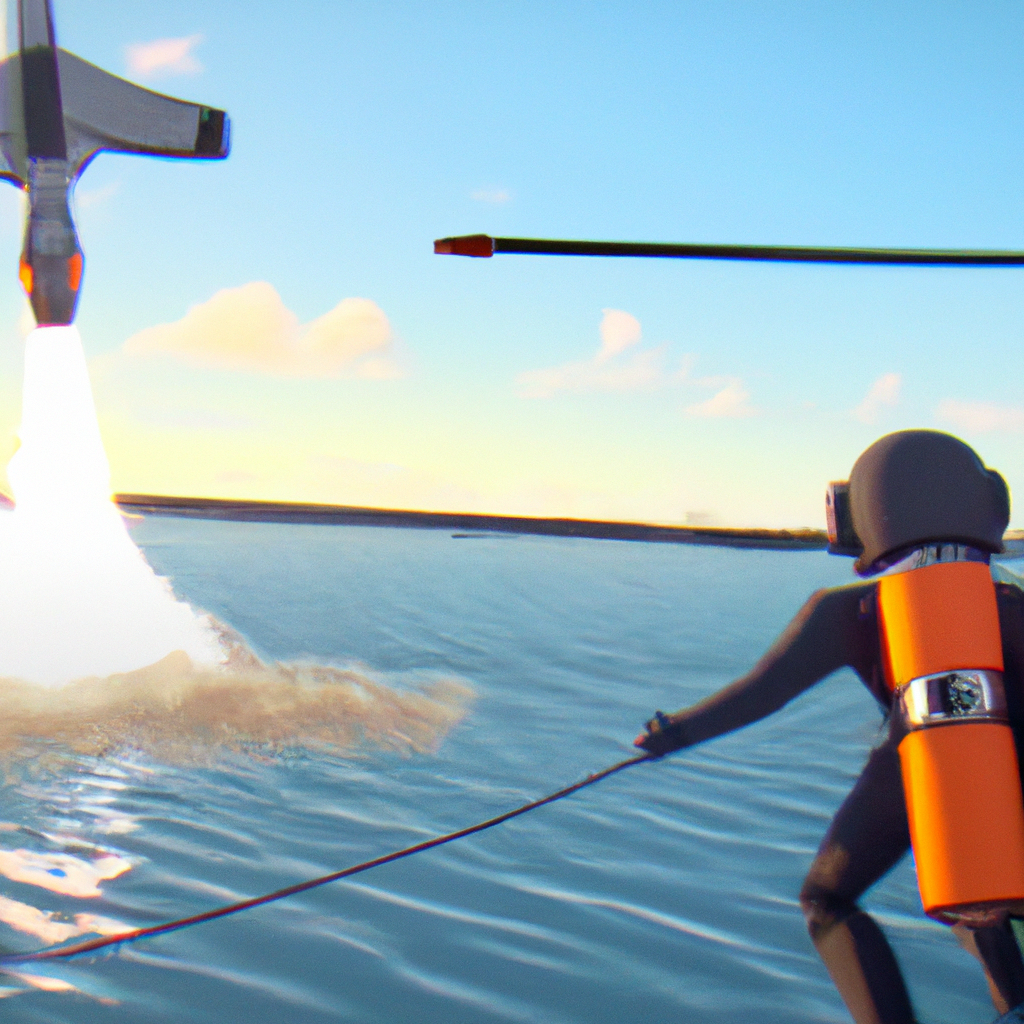Jetpacks have been the stuff of science fiction for decades. From the earliest imaginings of rocket-powered backpacks to the sleek, modern designs of today, jetpacks have captivated our imaginations and inspired us to dream of flying like a bird. But how do they actually work? In this article, we’ll explore the science behind jetpacks, how they generate propulsion, and what makes flying with a jetpack possible.
Jet Propulsion: The Basics
At its core, a jetpack is a device that generates thrust, or jet propulsion, to lift a person off the ground and propel them through the air. Jet propulsion works by expelling a high-speed stream of gases out of a nozzle, which creates a force in the opposite direction that propels the device forward. This principle can be seen in action in everything from rockets and airplanes to water jets and garden hoses.
In a jetpack, the gases that provide the thrust are typically generated by a fuel source, such as hydrogen peroxide or kerosene, that is ignited and heated to create a high-pressure stream of gas. This gas is then directed out of a nozzle at the back of the device, which creates the thrust needed to lift the user off the ground and propel them forward.
The Science of Jetpack Technology
Jetpack technology has come a long way since the early days of rocket belts and experimental designs. Today’s jetpacks are typically powered by sophisticated engines that use a combination of fuel and air to generate thrust. These engines are designed to be lightweight, efficient, and powerful enough to lift a person off the ground and keep them flying for several minutes at a time.
One of the key challenges in designing a jetpack is creating a balance between power and weight. A jetpack that is too heavy will be difficult to lift off the ground, while one that is too light may not generate enough thrust to keep the user airborne. To achieve the right balance, jetpack designers use a combination of lightweight materials, efficient engines, and carefully designed nozzles and fuel delivery systems.
Flying with a Jetpack
Flying with a jetpack is a unique and exhilarating experience that requires a combination of skill, training, and technical expertise. Jetpack users must undergo extensive training to learn how to control the device, maintain proper balance, and navigate through the air. They must also be familiar with the technical aspects of the device, such as fuel consumption, engine performance, and flight dynamics.
One of the key challenges in flying with a jetpack is maintaining a stable flight path. Because jetpacks rely on a high-speed stream of gases to generate thrust, even small movements or changes in position can cause the device to tilt or lose altitude. To counteract this, jetpack users must learn how to maintain a steady flight path, adjust their position and balance, and make small, controlled movements to stay airborne.
Jetpack Science: The Future of Flight
The science of jetpacks is constantly evolving, as new technologies and materials are developed and refined. In recent years, researchers and engineers have been exploring new ways to improve jetpack technology, such as by using more efficient engines, experimenting with new fuel sources, and developing advanced control systems that can help users maintain a stable flight path.
One of the most exciting developments in jetpack technology is the use of electric propulsion. Electric jetpacks use batteries and electric motors to generate thrust, which is quieter, cleaner, and more efficient than traditional fuel-powered designs. These devices are also easier to control and require less training, making them more accessible to a wider range of users.
Conclusion
Jetpacks have captured our imaginations for decades, and continue to inspire us to dream of flying like a bird. While the science behind jetpacks is complex and challenging, the technology has come a long way in recent years, and promises to revolutionize the way we think about flight. Whether you’re a thrill-seeker looking for a new adventure, or a scientist looking to push the boundaries of what’s possible, the world of jetpacks offers endless possibilities and opportunities for exploration and discovery.







